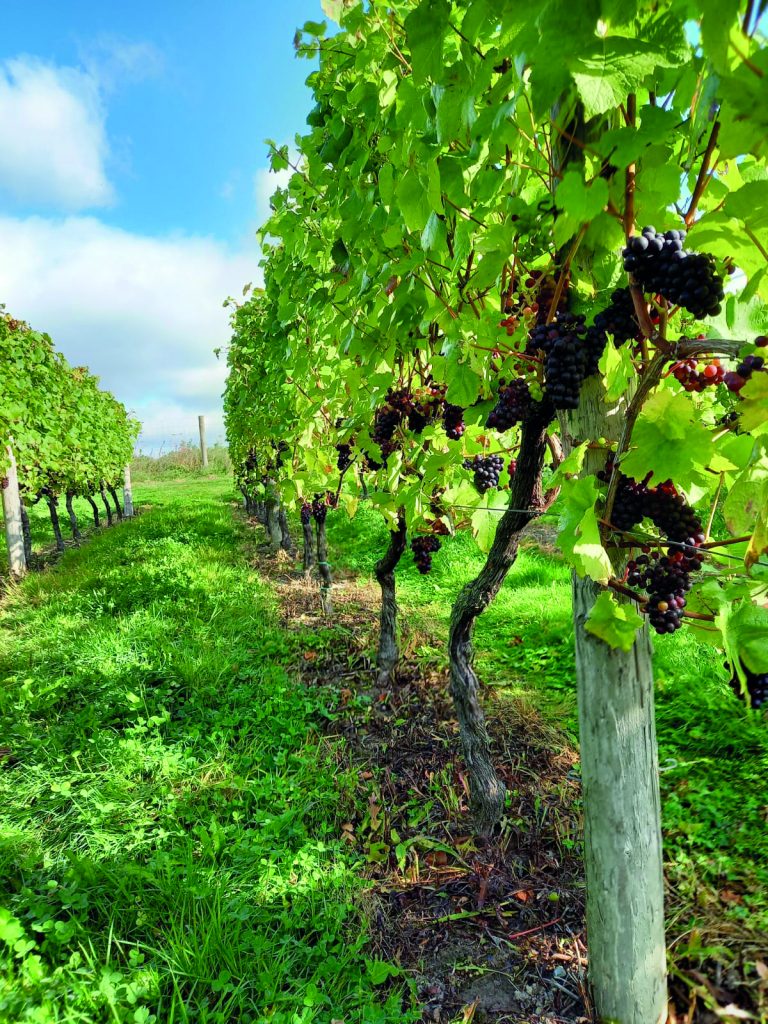The difficulties in achieving satisfactory control of diseases such as Botrytis cinerea, powdery and downy mildew in placing increasing strain on crop protection programmes. In response, growers and their advisers are looking to other forms of protection – both cultural measures and fungicides approved in other crops – to protect yields and quality.
For Agrii, the need to find new solutions to a growing list of problems serves to underline the value of its trials programme.
“We look to evaluate new and existing products for use in speciality crops, including grapes, so our agronomists can provide the best and most informed advice based on direct experience,” says Don Pendergrast, Agrii technical manager for non-combinable crops.
With the end of the AHDB horticulture levy and the trials it supported, which collected the information needed to support applications for Extension of Authorisation for Minor Use (EAMU), it has fallen to Agrii and others to gather this evidence.
“We run trials each year on bush, cane and vine crops where we translate knowledge to growers so as to maintain the advice that supports their future,” says Mr Pendergrast.
This work is ongoing and evolves to reflect changes in disease pressure, the availability of crop protection products and the introduction of new technologies and production methods that might prove beneficial.
“For the past five years, our trials have investigated the potential of more than 40 different active substances in various combinations and programmes across a range of situations,” says Mr Pendergrast.
“These trials are targeted at existing gaps in plant protection and those we foresee over the horizon. They are integral to sustaining our growers for the long-term,” he adds.
A recent success has been with a new triazole approved for use in top fruit (see Figure 1), which shows a reduction in the incidence of powdery mildew on the foliar parts of 65% and 57% on the bunches. This is a significant improvement over that of proquinazid, a benchmark for control. It may, with the addition of further data, be used to support an application for EAMU in vines.

Fig. 1: A new azole fungicide offers superior control to proquinazid.
Reference: Agrii, 2023.
A previous success was with Botector, the biological fungicide containing Aureobasidium pullans. Its potential came to prominence with soft-fruit where treated crops were found to have a lower incidence of botrytis than that receiving the industry standard programme.

“The live bacteria in Botector, when applied in a preventative manner, outcompete the Botrytis fungus on the host plant. It effectively utilises the ‘founder effect’ to colonise the plant to create a shield that Botrytis can’t penetrate,” says Mr Pendergrast.
“Botrytis is a particular concern due to the emergence of populations with reduced sensitivity to multiple fungicides. Applications of Botector have been found to support the efficacy of conventional fungicides to protect fruit while reducing overall fungicide use.
“We have observed similar efficacy in grapevines as part of a programme against Botrytis,” says Mr Pendergrast.


